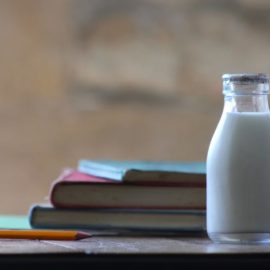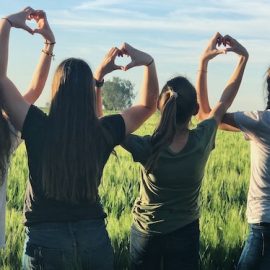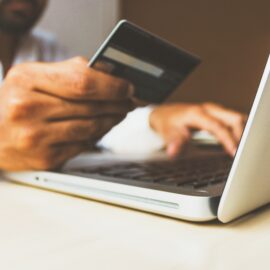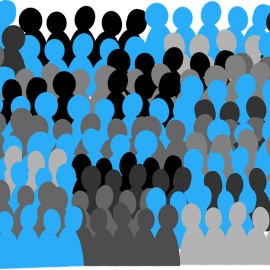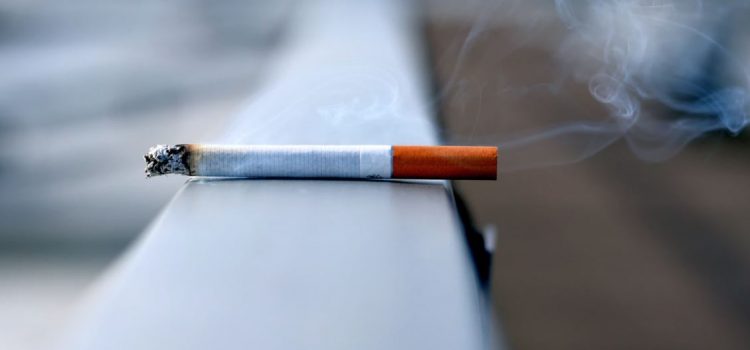
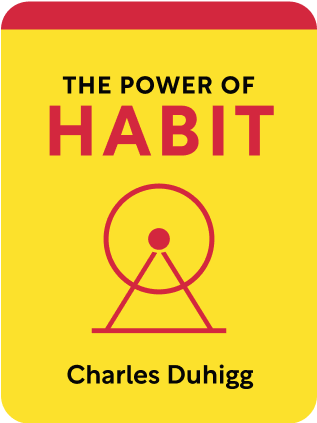
This article is an excerpt from the Shortform book guide to "The Power of Habit" by Charles Duhigg. Shortform has the world's best summaries and analyses of books you should be reading.
Like this article? Sign up for a free trial here .
Why does smoking cigarettes turn into a habit but changing a tire doesn’t? What makes a habit form in the brain?
According to Charles Duhigg, the author of The Power of Habit, habits need three elements to form: a cue, a routine, and a reward. Once these three elements are in place, a habit is reinforced by craving—the anticipation of the reward when you perceive the cue.
Continue reading to learn what makes a habit.
Habits Require 3 Elements to Become Automatic
What makes a habit? Charles Duhigg argues that your brain relies on assigning a specific starting point and endpoint to each of your habits so that it knows what automatic routine it should encourage you to follow in different situations. Duhigg claims that all habits require three essential elements to help your brain determine these starting and endpoints:
- A cue: This is a trigger that signals the starting point of your habit and tells your brain to move into automatic mode to execute a specific routine. For example, you see a cookie and feel the urge to eat it.
- A routine: You act out the physical, mental, or emotional sequence of behavior (automatic routine) that your brain has stored. For example, you open the jar of cookies and eat all of the cookies.
- A reward: This is the result of your routine and signals the end of your habit. For example, you feel a sugar rush from eating all of the cookies.
Duhigg argues that these three elements only form part of the story. On their own, the cue and the reward don’t make a habit.
For example, consider an activity you perform infrequently such as replacing a flat tire on your car. You feel the cue when your tire bursts. You perform the routine of fixing your tire. You experience the reward of self-satisfaction once you’re back on the road. But, you don’t have a habit of fixing your tire. According to Duhigg, this sort of activity doesn’t turn into a habit because, first, you don’t do it often enough. Second, the reward isn’t inextricably linked to the activity. Consequently, your brain doesn’t feel the need to convert it into an automatic routine.
| Habits Rely on Obvious Cues, Easy Routines, and Satisfying Rewards In Atomic Habits, James Clear expands on the role that cues, routines, and rewards play in habit formation by categorizing these individual elements into two distinct phases: problem and solution. Problem phase: The cue (seeing a cookie) that triggers your urge (to eat the cookie). Solution phase: Your routine (eating the cookie) resolves the problem and provides a reward (sugar rush). In addition, Clear explains that habits rely on obvious cues, easy routines, and satisfying rewards. This adds clarity to why you don’t have a habit of infrequent or difficult tasks, like fixing your tire: Flat tires are a rare occurrence so your brain doesn’t develop an obvious or automatic response to the cue, the routine to fix them is quite laborious and messy, and the satisfaction you receive from fixing your tire isn’t worth the effort you have to go through. Consequently, Clear suggests that you consider how to make your unwanted habits as inconvenient as possible: 1. Make your cues invisible: Hide all of the cookies. 2. Make the routine difficult: Don’t buy cookies and warn others not to offer you any cookies. 3. Make the reward unsatisfying: Commit to doing something you dislike every time you eat a cookie, such as taking on extra chores or paying a friend $50. |
Cravings Reinforce Habits
Duhigg argues that habits require an additional essential component to encourage your brain to create automatic routines and reinforce your habits: cravings. A craving is the anticipation of the reward when you perceive the cue.
Duhigg draws on neurological research to explain how cravings reinforce your habits. This research reveals that every time you engage in a habit and receive a reward, dopamine (happy hormone) levels in your brain spike.
- For example, you put an extra sugar cube in your coffee. You take a sip and taste the burst of sweetness. At this specific point, your brain registers your pleasure (dopamine spike) and records this feeling.
Interestingly, the more you engage in this habit, the more your brain associates the habit’s cue with the habit’s reward. This causes your dopamine levels to spike as soon as you perceive the cue. In other words, you sense the cue and anticipate the reward before you engage in the routine.
- For example, you see your coffee cup and anticipate the hit of sweetness (dopamine spike) you’ll get from putting in an extra sugar cube. Your craving encourages you to automatically add this sugar to your cup.
Further, Duhigg notes, research reveals that, because your brain expects to receive the reward, it encourages you to engage in the automatic routine to fulfill this expectation. If, however, you fail to receive the reward, your dopamine levels drop and you feel disappointed.
- For example, someone makes you a coffee but they haven’t added sugar. You’re so used to expecting sugar in your coffee that you feel disappointed (dopamine drop) because your craving isn’t satisfied.
According to Duhigg, cravings lie at the heart of every habit: Your brain craves the reward it anticipates and pushes you into an automatic routine to avoid disappointment. The more often you engage in this routine, the stronger your craving gets. This explains why you may suffer from a lack of self-control when you try to stop your bad habits—you feel compelled to satisfy your cravings even when faced with strong disincentives such as damaging your health or relationships.
| Anticipating a Reward Feels More Pleasurable Than Experiencing a Reward What Duhigg explains about cravings and dopamine spikes has been verified and well-documented in a number of psychology and self-help books. In Atomic Habits, James Clear adds further insights into how your dopamine levels and cravings influence your automatic behaviors. He explains that dopamine spikes occur both when you anticipate pleasure and when you experience pleasure. However, your emotional reaction when you’re anticipating or craving something is 10 times stronger than it is when you’re actually receiving or experiencing the thing. The pleasure you experience when you’re craving something is so strong that it motivates you to follow through with your automatic routine. However, once you receive the reward, your feelings of pleasure remain neutral because you’ve already experienced the high of anticipation. Consequently, the reward you receive feels less satisfying than the anticipation you feel about receiving it. For example, consider how much more exciting the days leading up to Christmas were than actual Christmas morning as a child. Or, think about how infatuated and eager you felt about going on a first date with your partner compared to how you felt while experiencing that date. Clear’s research adds weight to Duhigg’s argument that cravings lie at the heart of every habit. In addition, his explanation concerning the difference between dopamine levels in the anticipating and receiving stages clarifies why people suffer from addictions—their anticipation of the substance overrides the pleasure they receive from consuming the substance. They repeatedly overindulge in the reward in an attempt to match the high of anticipating it. When they fail to match this high, they feel like they’re missing something. For example, you started to have one glass of wine after work to relax. Over time, the pleasure you received from anticipating the wine became stronger than the pleasure you received from drinking just one glass of wine. Feeling dissatisfied, you reached for another glass in an attempt to fill the void that your anticipatory dopamine spike left. This satisfied you for a short time until two glasses of wine (your reward) failed to match the high of your anticipatory dopamine spike (your craving). |

———End of Preview———
Like what you just read? Read the rest of the world's best book summary and analysis of Charles Duhigg's "The Power of Habit" at Shortform .
Here's what you'll find in our full The Power of Habit summary :
- The 3 steps to change your habits
- Why habits are at the root of success in football
- How social movements are just an expansion of habits from individuals to communities

